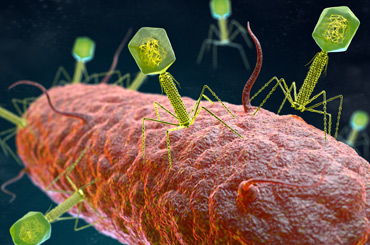Immunology
Your immune system is as unique as your fingerprint
Each disease is independent and cannot be compared with any other disease – even in the same form! The reason for this is that every patient is unique and therefore his or her illness can only be treated individually.
Important for the diagnosis of e.g. Lyme disease is on the one hand the previous history. A so-called wanderlust occurs when a Lyme disease infection is present. Very often, however, the affected person does not know about skin changes, but has various complaints such as joint pain, nerve paralysis, musculoskeletal pain, lack of performance – all complaints that are often not reflected in standard laboratory tests; for example, rheumatism factors are not increased despite swollen joints.
Here, blood tests will be carried out to determine whether antibodies are elevated. In the case of a fresh insect or tick bite, positive antibodies are only found after a few weeks. It may be necessary to repeat them.
It is often not possible to say for sure whether an infection is present, so further tests must be carried out. These include the PCR test or the LTT test from the blood. Culture tests from the cerebrospinal fluid or from the joints are also advisable.
All in all, the exact diagnosis is often very problematic and cost-intensive. Strangely enough, for many doctors, Lyme disease is cured after 4 weeks of doxcycline treatment – and that’s that!
For these reasons we do an examination of the living blood in a dark field microscope, because here you can see the Borrelia bacteria, which confirms the diagnosis. We also see other significant changes in the dark field: very often, fungal contamination is visible, which is also an indication of a fermentation metabolism, or an indication that the oxygen supply in the tissue is disturbed.




